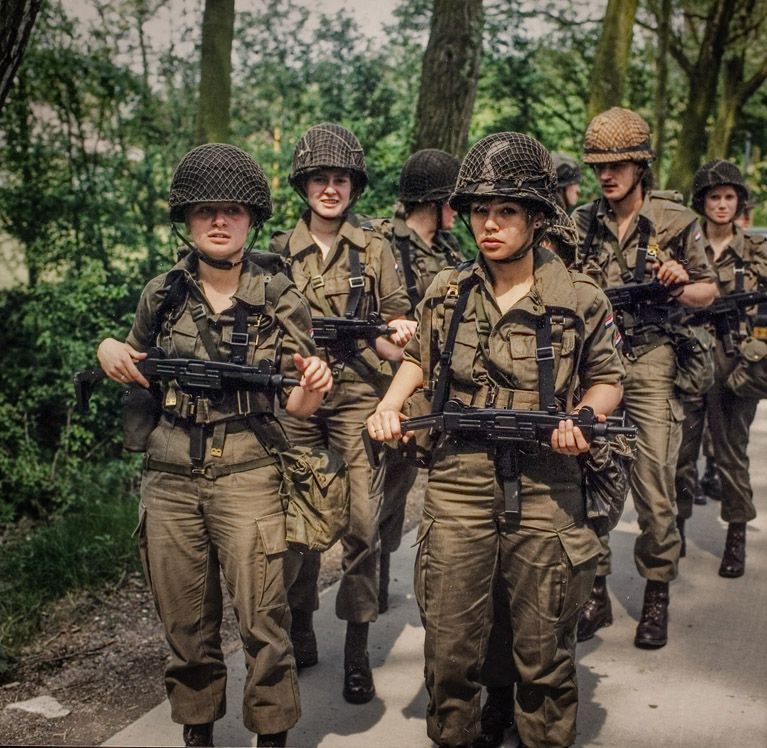
Defence department didn’t like women
Suited /
Onsuited
Onsuited
‘The discussion about introducing women to a certain field is always the same’, says Kim Bootsma. ‘It doesn’t matter whether it’s about the first female pilot, first female doctor, or the first woman to go to university.’
The matter usually gives rise to an intense debate in which people come up with a plethora of arguments why women are unable to do the job. ‘They can’t handle it physically or mentally, or they’d be neglecting their family. Studying was supposedly bad for a woman’s uterus and the female body couldn’t handle being a pilot.’
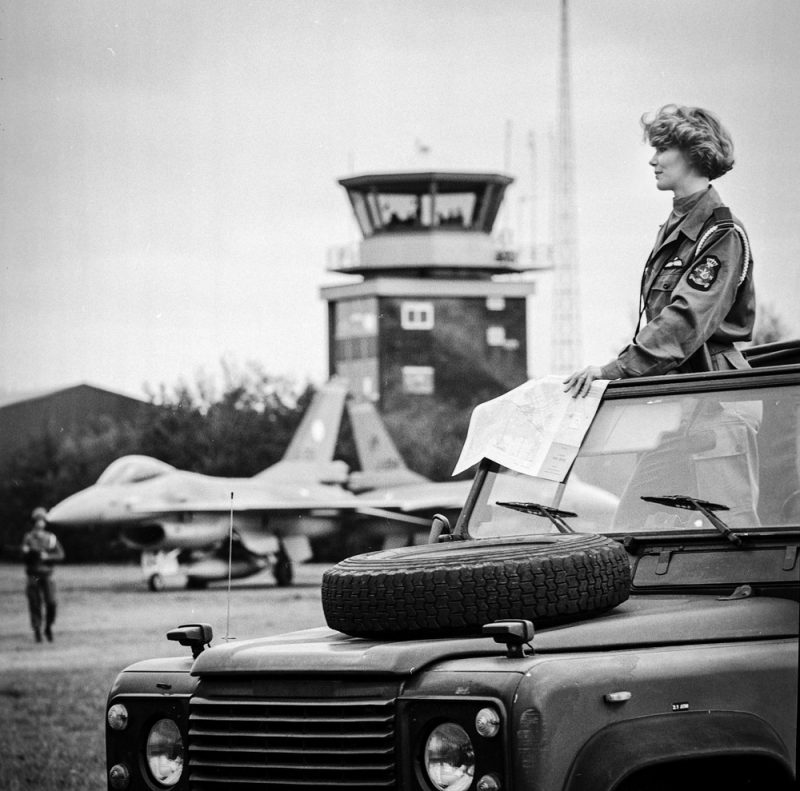
The same thing happened at the Department of Defence. In 1968, a law was introduced that said that women were equal to men when it came to government jobs, which meant Defence was forced to abolish the separate women’s corps that had typical ‘women’s jobs’ such as administrative assistants and nurses and move the women to regular departments. This didn’t actually happen until 1982.
Bootsma wrote her thesis on what happened to women in the armed forces in the interim. She will be graduating on June 6.
Difficult
It turned out that many of the changes were implemented from the top down. The second feminist wave in the sixties and seventies resulted in emancipation policies and new legislation. Pressured by the feminist movement, the government took emancipation actions, and the Defence department had to move with the times.
They never even considered the possibility that women could be generals
The integration process was difficult, Bootsma says. ‘The top brass in Defence voted against a report that advised opening all positions to women. They never even considered the possibility that women could be generals.’
But not all men at the Defence department were against women enlisting, Bootsma emphasises. ‘Some men felt Defence had to keep up with the times.’ On top of that, some women expressed criticism of the abolishment of the women’s corps. ‘It sometimes meant you were the only woman in a male-dominated division. That wasn’t easy.’
People came up with all kinds of arguments in an attempt to keep women out of the armed forces. ‘They’d say things about the female body, for instance’, she says. ‘They said women’s lung capacity was 20 percent smaller than men’s, that they had shorter legs, and that they could get pregnant. All these things would make them unsuitable to serving.’
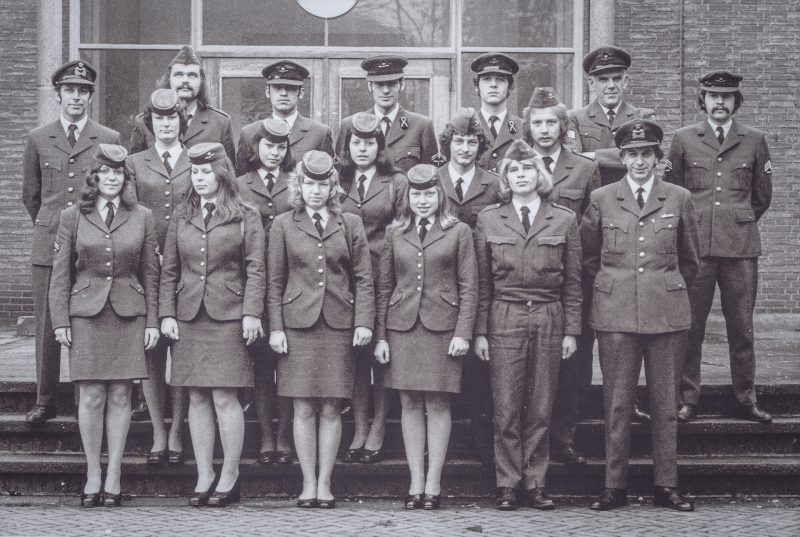
Restrictions
But women worked at the Defence department even before the feminist wave. One such woman was Emma Staf, who’d studied to be a chemical analyst. She enlisted in 1954 and worked for the anti-aircraft division and as a contact for chemical weapons. However, she did face restrictions. ‘Emma was allowed to join training, but not in the trenches. They didn’t think that was right.’
Leity Wind, the last commander overseeing the military women’s department MILVA, also made her career at the Defence department. She worked as deputy commander at the liaison department in The Hague and ultimately became the head of the electronic warfare section. Because of her position, she was allowed to take courses at the military school, which back then only men were allowed to do. ‘But she wasn’t allowed to actually participate, she could only sit in’, says Bootsma. ‘So women were still being restricted.’
Some positions that were available before the integration of women, such as secretarial work or nursing, suddenly became ‘typical women’s positions’. ‘Before the integration, men held those positions, but they weren’t called men’s positions.’
Not that late
Basically all NATO countries had the same issues surrounding women in the armed forces, says Bootsma. The second feminist wave, which resulted in more women at the Defence department, came over from the United States. In 1973, they abolished the draft after the end of the Vietnam war.
Women who were only 1.6 metres tall had to climb two-metre-high walls without help
‘When they abolished the draft for men, the Defence department had to start actively recruiting, which resulted in more positions for women.’ Bootsma concluded that this happened in nearly all NATO countries. However, the US didn’t officially allow women into the fighting forces in 2013, and Great Britain only did so in 2016.
As such, the Netherlands, which has allowed women in all positions since the eighties, wasn’t actually all that late, Bootsma emphasises. ‘This was possibly due to the fact that the Netherlands has a pretty progressive army: men were allowed to have long hair, for instance.’ That attitude would have positively influenced the position of women in the armed forces.
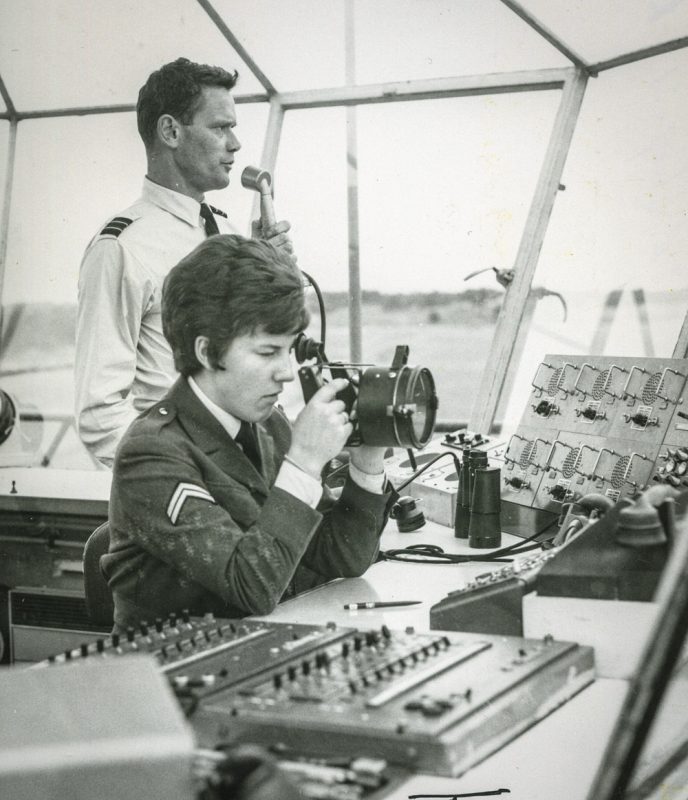
But Bootsma disputes that assertion. ‘The idea to allow women into combat positions was pretty sudden. They made the decision over the course of a few months; before that, they considered keeping them all off limits. But the administrators wanted the politicians off their back.’
Disadvantaged
Bootsma says making positions available to women was mainly a decision on paper. Sometimes, women were openly refused, almost immediately after applying for a position, but other times, it was more subtle. ‘In the Army, women couldn’t pass the fitness tests. Women who were only 1.6 metres tall had to climb two-metre-high walls without help. You have to wonder if that was fair.’
The tests for practical and technical insights were biased, as well. ‘They are questions people should be able to answer without having to study for them. But the tests also included questions on what car engines looked like, when back then, barely any women actually drove. Men simply had a better chance of knowing things like that.’
These disadvantages also manifested in women’s housing during their service; they were sometimes placed in buildings far away from meeting points, which meant they couldn’t hear the calls to gather. It also manifested in clothing. ‘The clothes wouldn’t always fit women. The bulletproof vests would chafe, because they were made for men.’
Although it wasn’t just the women who were uncomfortable in the vests. ‘Smaller men also had trouble with them. But when the top brass realised men were leaving the service over this, they suddenly took measures to change that.’
She says gender history is full of painful instances. ‘Some women I talked to or read about in sources were enthusiastic and ambitious, but their careers were unjustly restricted. That’s lamentable.’
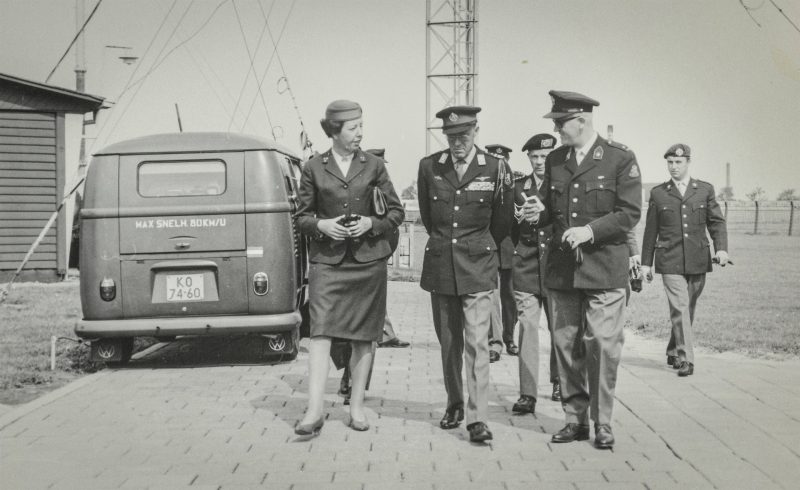
Same discussion
Other fields, such as police and the fire brigade, struggle with the same issues surrounding the integration of women. ‘They were having the same discussion, although things at the regular and military police departments were happening a little more quickly’, says Bootsma. They need female officers to search women, for instance, or to talk to people affected by sexual violence. ‘That made the integration a little easier.’
Physical differences are still heavily emphasised
But integration is still in process at the armed forces. Women weren’t allowed on submarines until 2020. Before that, privacy concerns were cited as a reason to ban them.
Other things have changed in women’s positions as well, she says. ‘Things that they would have considered impossible in the sixties, such as female pilots, boat captains, or tank drivers, are now commonplace. In the eighties, women were back on the assault course just six weeks after giving birth. But they don’t do that anymore.’
Still different
The Defence department has also set up more campaigns to recruit women. ‘That’s in part a pragmatic solution’, says Bootsma. ‘There are so many positions available that they can’t afford to ban women.’
However, the debate about women’s suitability hasn’t changed very much. ‘There are still a lot of parallels with the sixties. Men are treated like the standard and women are the outliers. Physical differences are still heavily emphasised. It’s basically the same problems as back then.’
She thinks it will be difficult to fully integrate women into the Defence department. ‘Many people think the division of men and women should be equal, but I don’t quite agree. If you give people an honest chance and the same opportunities, the exact distribution doesn’t really matter. But if you keep dividing people, you’ve only got yourself to blame.’